Strengthening Custodian Accountability: Key Reforms in China's Fund Custody Regulatory Framework
On April 3, 2025, the China Securities Regulatory Commission (CSRC) released the revised draft of the Securities Investment Fund Custody Business Management Measures(the "Measures") for public consultation. This revision aims to adapt to the changing industry landscape, reinforce the accountability of fund custodians, and safeguard investors' interests while supporting custodians in innovating their organizational structures.
The revisions focus on addressing emerging issues within the fund custody industry and enhancing regulatory oversight. Since its initial release in 2020, the current Measures, co-released by the CSRC and the China Banking and Insurance Regulatory Commission (CBIRC), have effectively enriched the ecosystem of the fund custody industry and clarified custodian responsibilities. However, the rapid evolution of industry dynamics and regulatory environments has highlighted new challenges, such as increasing industry concentration, the departure of custodians from core duties, and inadequacies in market-driven exit mechanisms.

Key Reforms and Areas of Focus
The CSRC's latest revision addresses these challenges through five major reforms, all designed to tighten regulations, ensure greater transparency, and bolster the role of custodians. The key highlights include:
Enhanced Entry Standards for Custodians
The revised Measures introduce more stringent entry criteria for fund custodians, particularly emphasizing the need for robust compliance and risk management capabilities. This includes increasing the minimum net asset thresholds for commercial banks to RMB 50 billion and for securities firms and other financial institutions to RMB 30 billion. Additionally, applicants must demonstrate substantial business capability and a sustainable business model, with strong market positioning in the fund management sector.
Clarification of Core Responsibilities
Custodians must focus on their core business, specifically fund custody. This revision mandates that applicants submit a commitment to focusing solely on fund custody and ensuring they maintain substantial operations in this area post-qualification.
Refinement of Private Fund Custody Regulations
To avoid conflicts of interest, the revised Measures stipulate that private funds primarily investing in a single product, related-party products, or self-managed products must be managed by a single custodian. Furthermore, private fund managers must ensure that custodians provide accurate and transparent investment information, ensuring the protection of investor interests.
Upgraded Internal Controls and Independent Evaluation
The revision strengthens the oversight of custodians by requiring them to hire external auditing firms or conduct internal assessments of their fund custody business. Custodians must implement a rigorous system of internal controls and separate business functions to prevent conflicts of interest. These checks and balances are aimed at enhancing transparency and the integrity of the fund custody process.
Improved Exit Mechanisms for Underperforming Custodians
The revised Measures introduce clearer standards for disqualifying custodians who fail to meet the operational requirements. If a custodian does not conduct significant business or meets the qualifications for a continuous 36-month period with assets under RMB 5 billion, it may lose its qualification. A more structured exit mechanism is also set to allow for smoother transitions when custodians exit the market.
Creation of Subsidiaries for Leading Custodians
The updated rules now allow qualified custodians to establish wholly-owned subsidiaries dedicated to fund custody. These subsidiaries must meet the same regulatory requirements as other custodians but may have a lower capital threshold to foster specialization in custody services.
Transitional Arrangements for Existing Businesses
Recognizing the need for smooth transitions, the revised Measures clarify how existing custodians with legacy issues, such as those failing to meet the "one custodian per fund" rule for private funds, should transition within three years. This ensures the regulatory framework accommodates the current landscape while aligning with future goals.








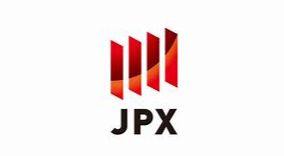


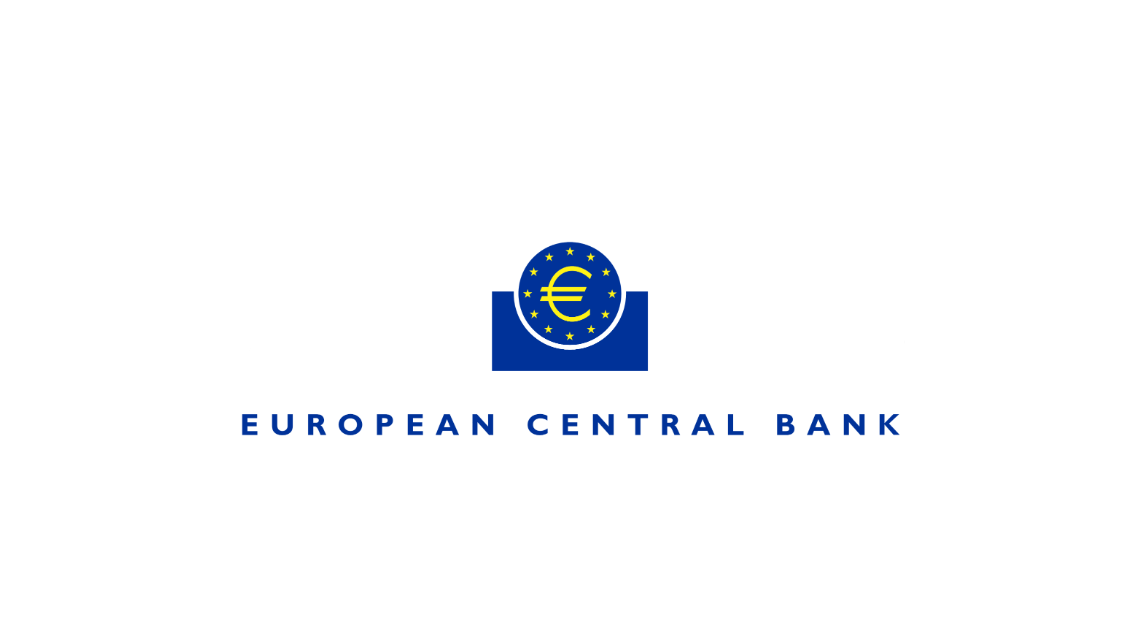
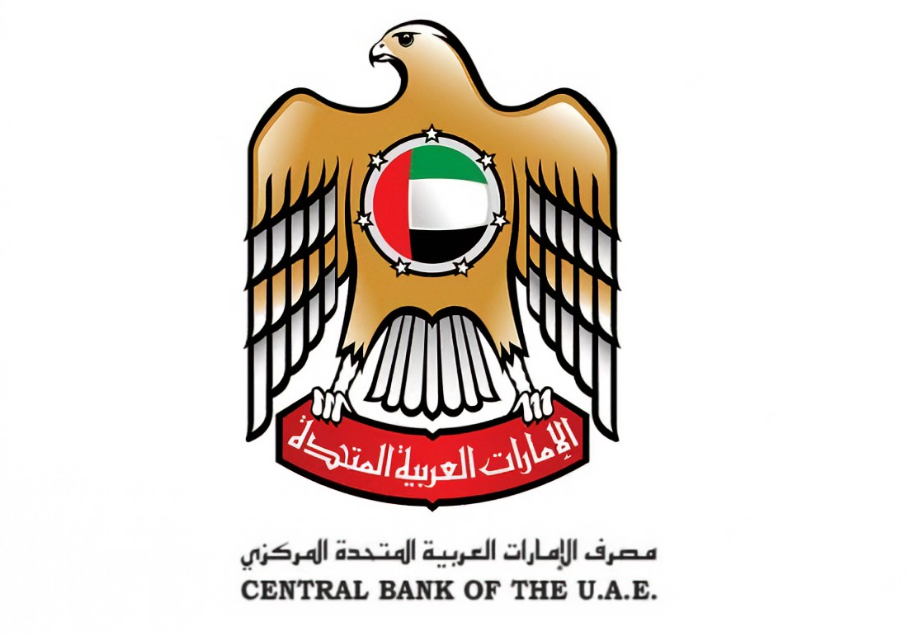



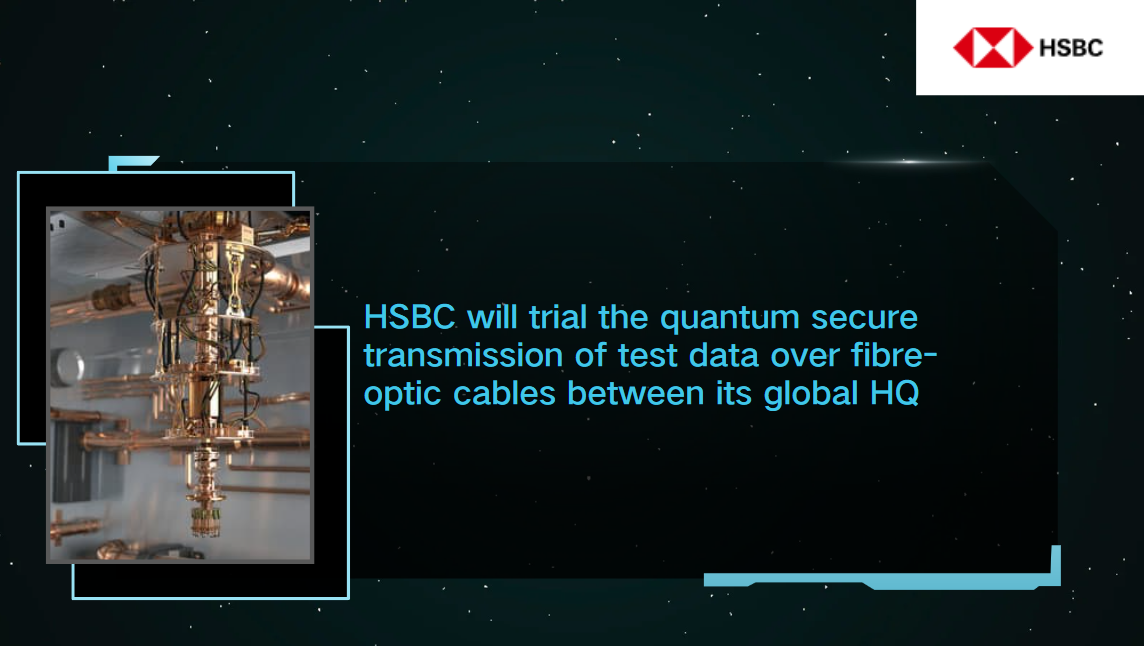
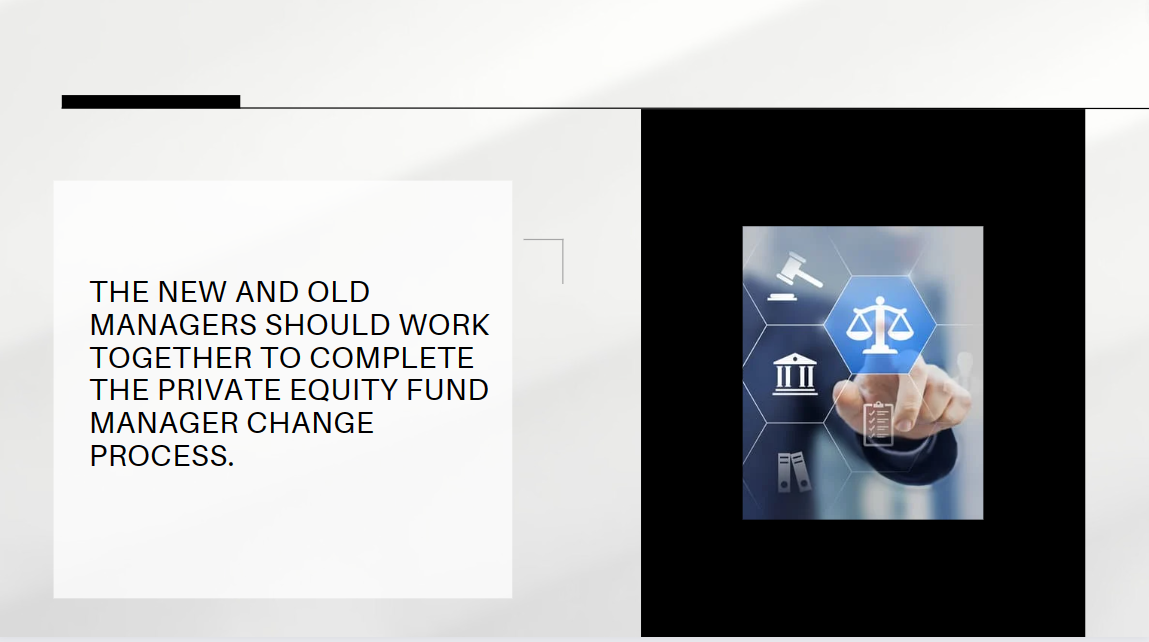

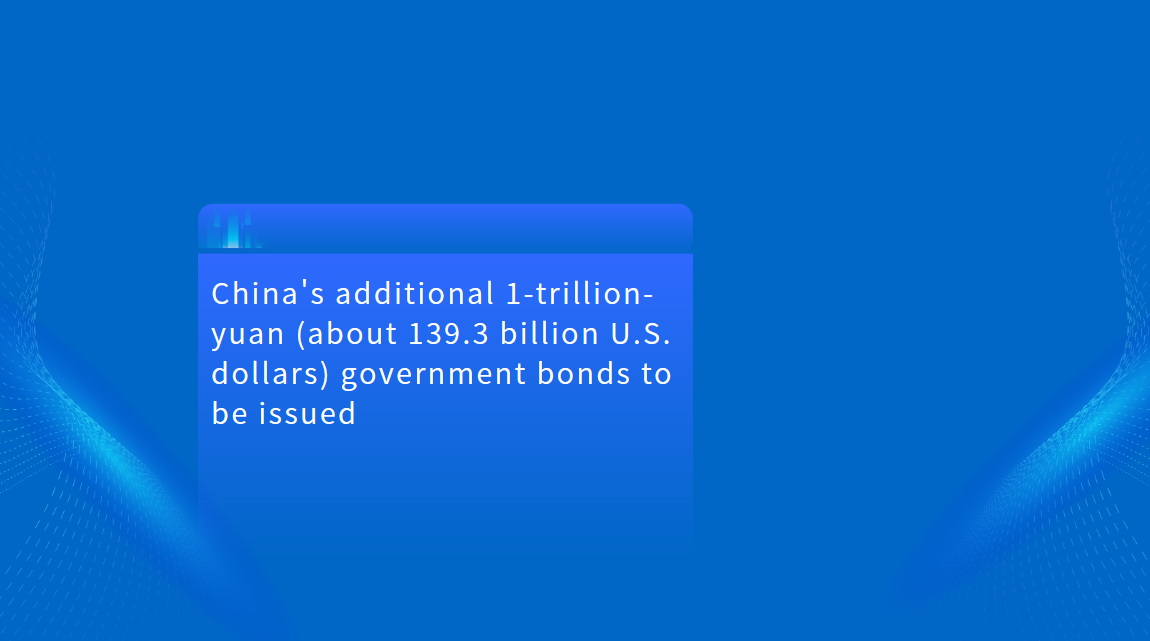

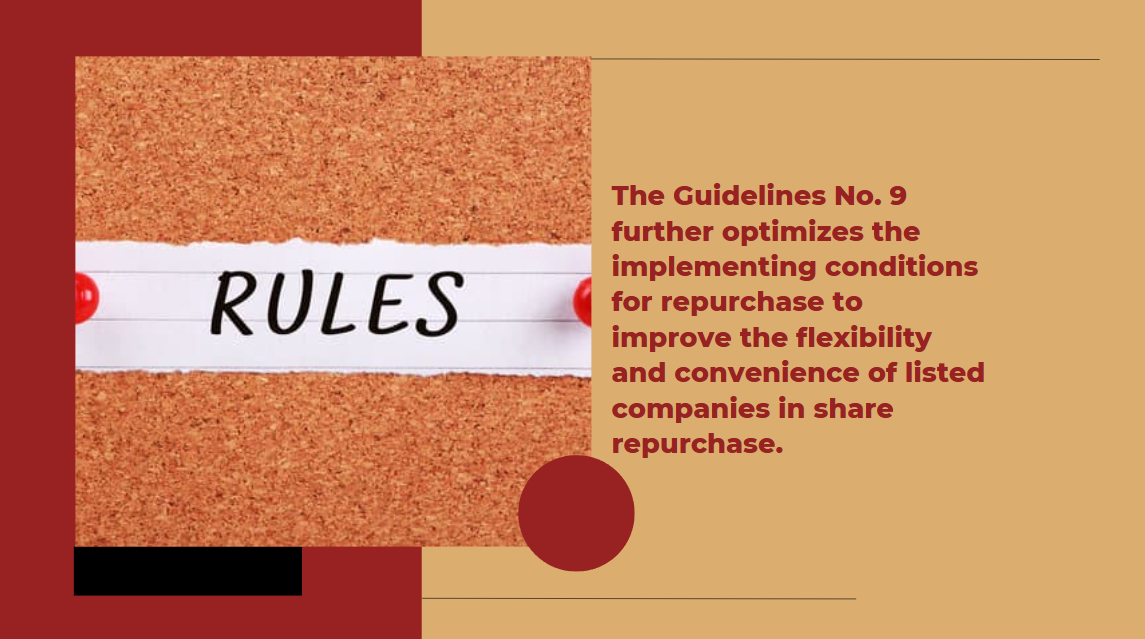































First, please LoginComment After ~